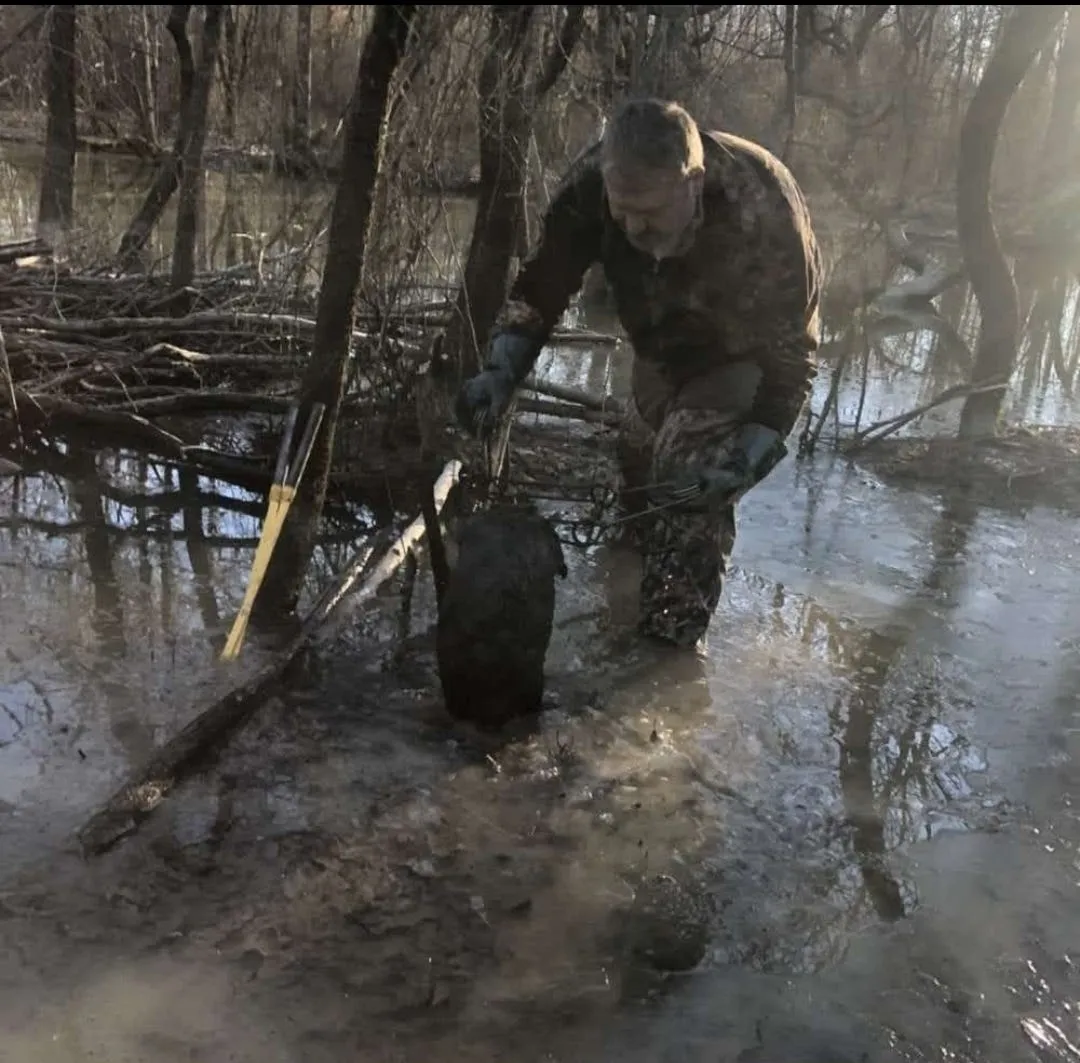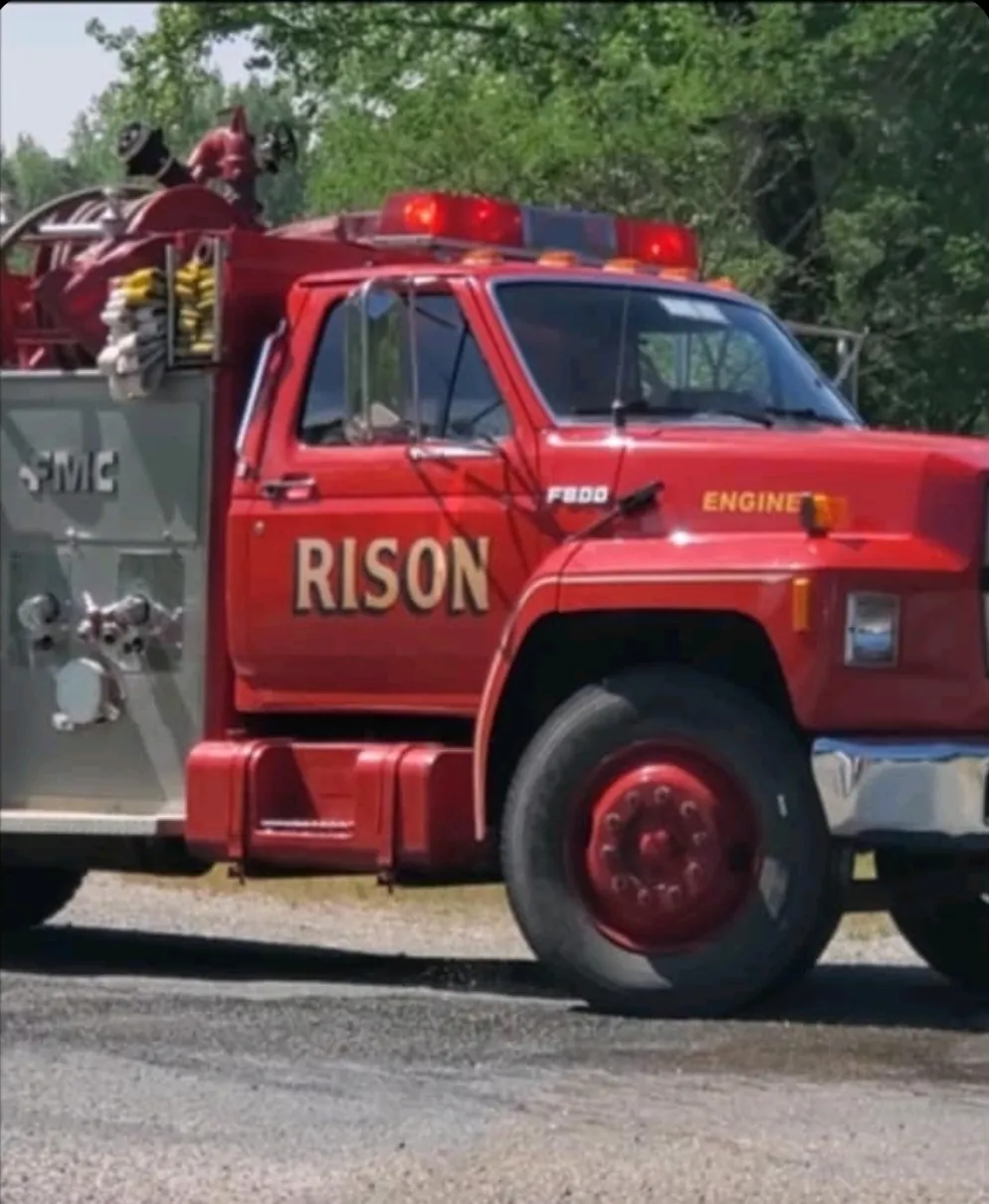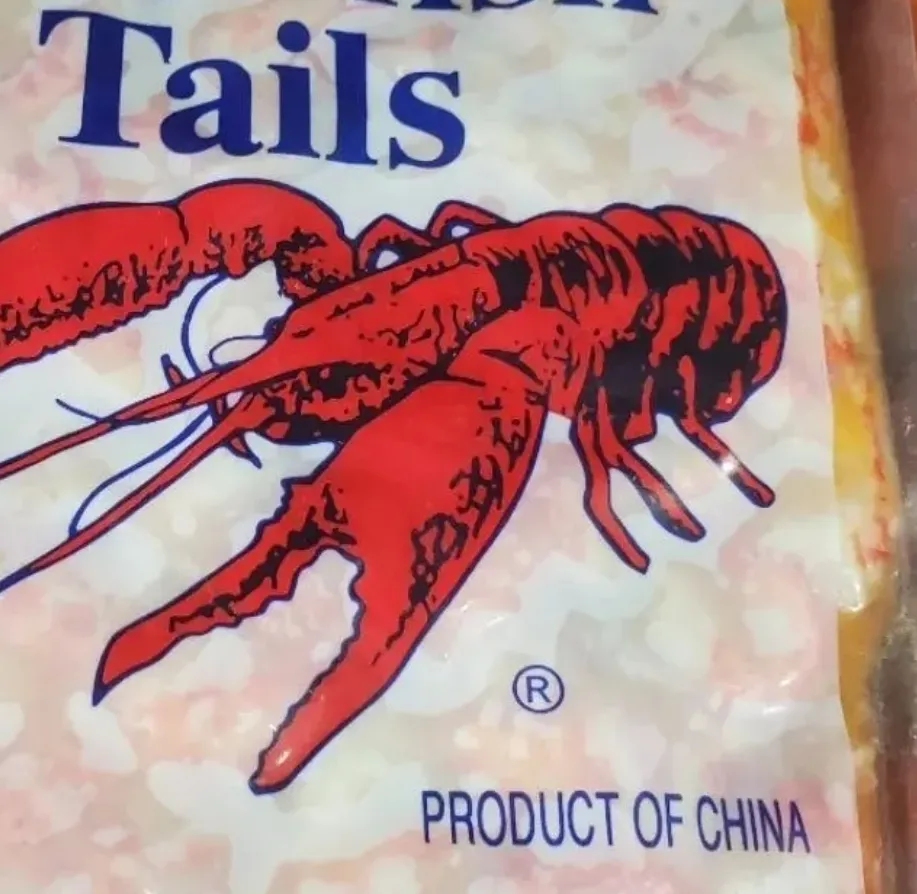Right now many Arkansas farm fields are flooded, providing prime habitat and opportunities for Arkansans to enjoy ice cold mornings chasing waterfowl.
In just a few more weeks, it'll all be just a memory on Facebook.
Soon, Arkansas’ weather will shift. The cold wet and slick buckshot mud will turn to hard cracked open ground begging for water. Those cracks, wide enough to stick your hand right in the ground. It's coming, folks, and with the hot dry summer comes the sound of diesel engines breaking the silence of the night throughout the Arkansas River Delta.
Most every farmer relies on a system of wells, canals, culverts and poly pipe to irrigate their crops. The sound of the pumps pushing the water across thousands of Arkansas acres of corn, beans and rice also triggers a sound to one of the farmer's worst enemies.
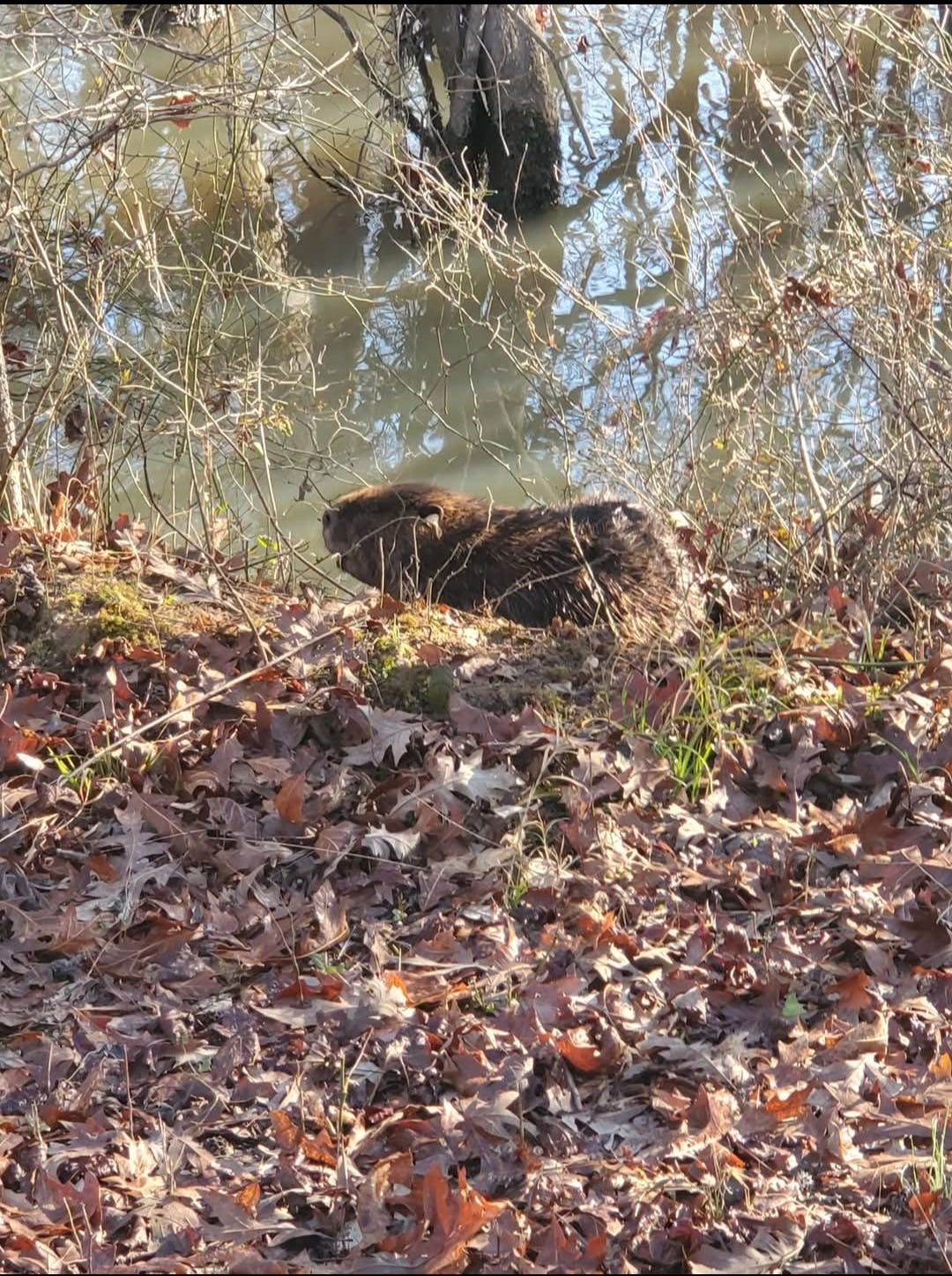
Folks, beaver wreak havoc across the nation. They have one mission in life from birth — find moving water and stop it at all cost. As the pumps push the water across the fields, beaver are pushing, too, to plug up every ditch and pipe on the farm.
When nature's engineer completes his job of stopping the water, a farm hand is coming along to dig it out to let the water go. It's a cycle. The farmer has no choice other than to tear down the dams. The water will kill the crops so the battle begins.
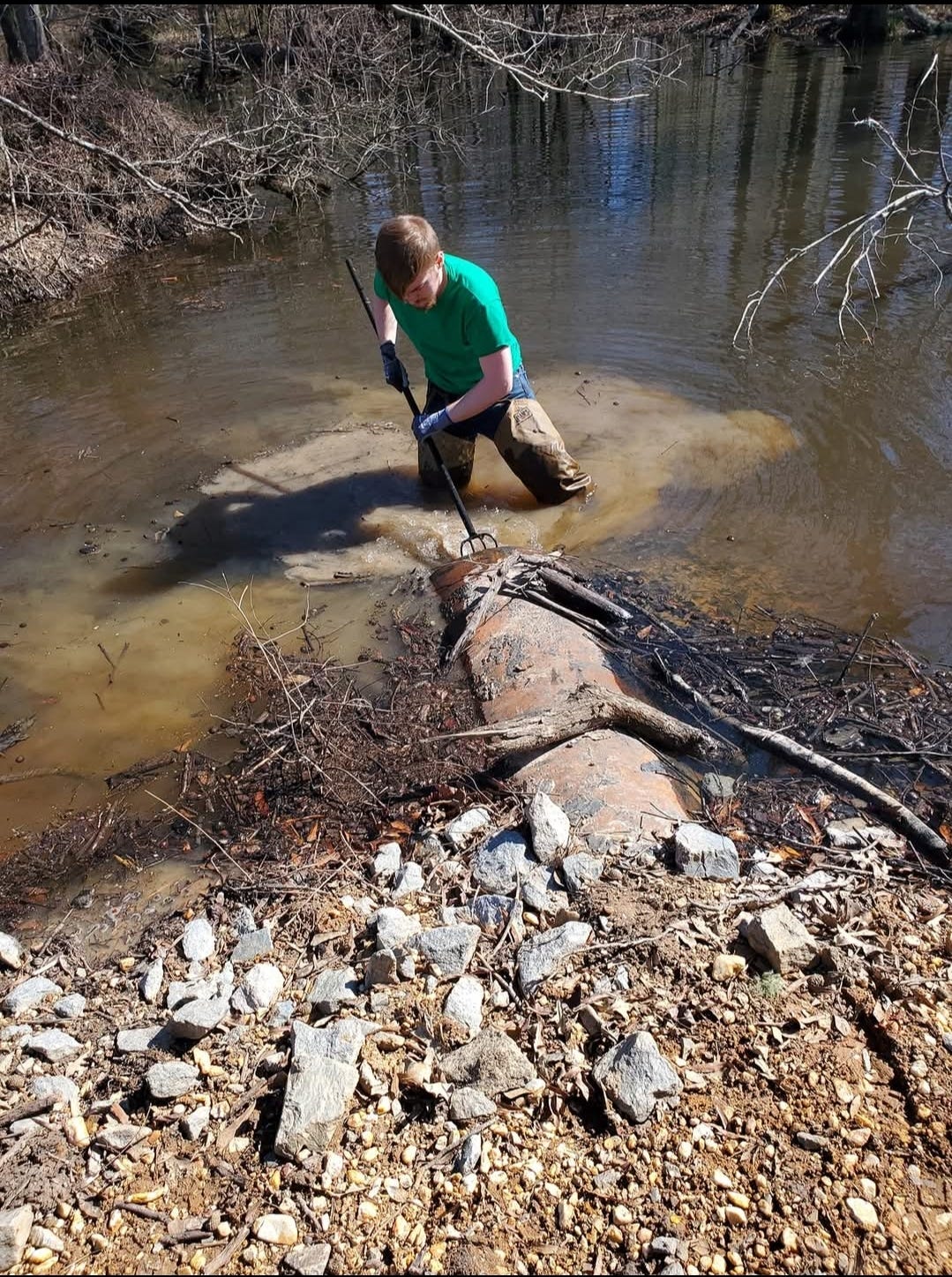
Before the Reckoning and before my son's cancer diagnosis, my phone would often ring.
“Hey, they are back. Can you swing by and take care of them for me?”
Of course, I can. I've always had a knack for dealing with rogue beaver. Fact is, I can catch anything if I have a reason.
Many farmers find themselves in an all-out war against beaver while trying to save their crops. It's not just corn and beans either. Timber companies and private land owners face heavy financial losses when a colony of beaver invade their property, flooding and killing the timber.
The solution: beaver control.
Most folks who start trapping beaver find quick results using any of the commercially-available beaver lures. Most of those lures are a combination of glycerin mixed with beaver castor, tree bark, beaver oil. They are useful. Beaver are territorial animals so the scent of another beaver in their area creates early success for trappers. It is almost inevitable that you will catch a few using lure. Finding active areas and setting a 330 body grip style trap on a scent mound makes a novice trapper think beaver trapping is easy pickings.

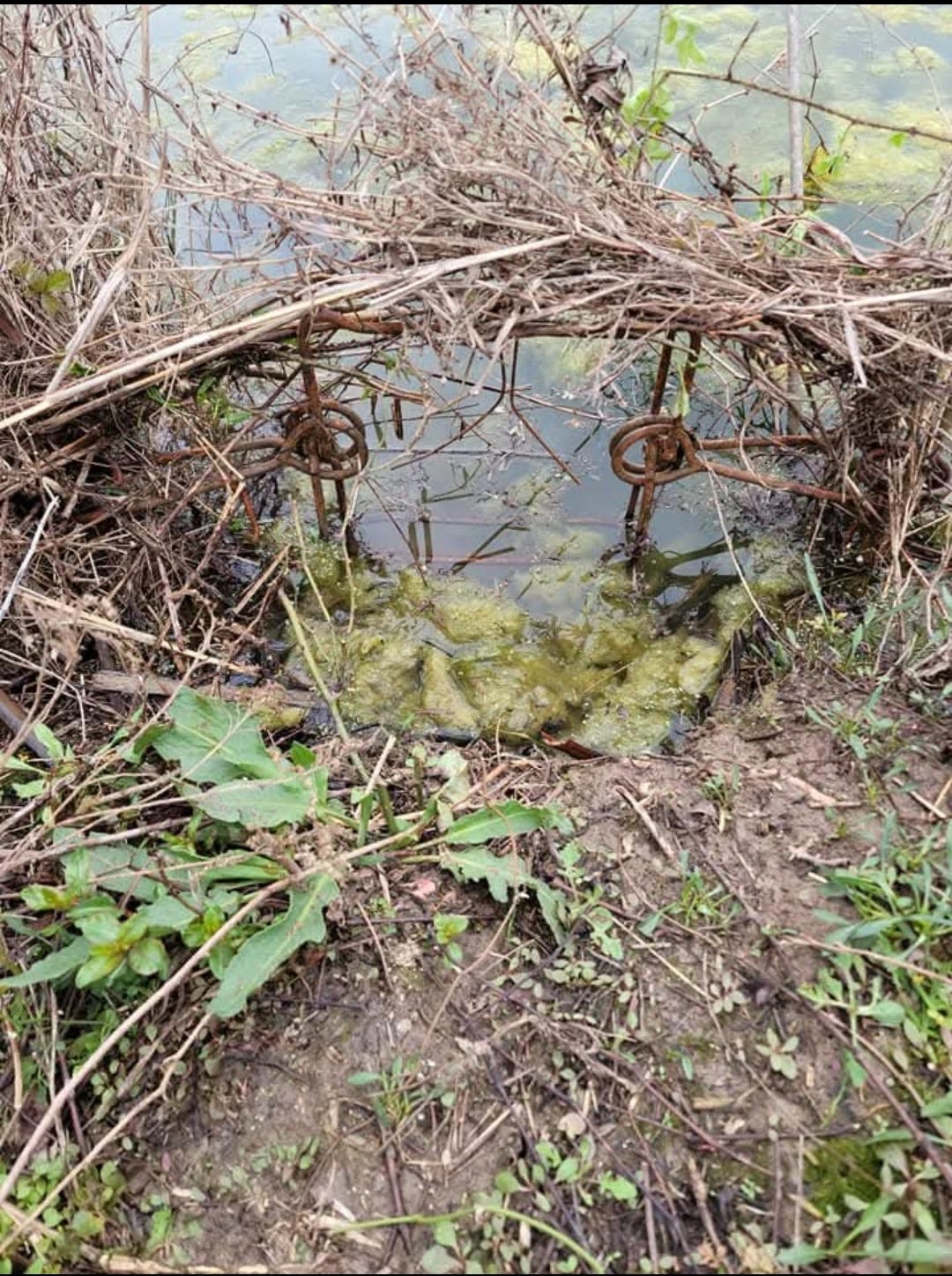
Those thoughts of easy pickings often fade away like the sun setting in winter. They come early and they are consistent. Scent mounds, though, are not a consistent way to catch a colony of beaver. When the beaver recognizes that square body grip trap is danger, they will start avoiding your trap like it's the plague. Beaver often start to just bury your trap in the mud.
There are two things I can tell you to increase your chances of actually stopping the beaver colony before they become educated and you find yourself digging your traps out from underneath a pile of mud and debris every morning.
I try to start a beaver job mid-morning, typically the beaver are in their lodge or bank den snoozing away. I work quickly to hit them hard. If you're lucky you can wipe them out in just a few nights. If your luck is like mine, the easy pickings are usually gone when I get there. That’s right. Someone else has already taught the beaver all the valuable lessons about where not to stick his head. To be successful you are left looking for the beaver runs under the water and making dam breaks.
What’s a beaver run? Notice the trails of water in the picture below. Imagine now that the water is still six-foot deep. This photo was taken after I had cleared the beaver and drained the swamp.
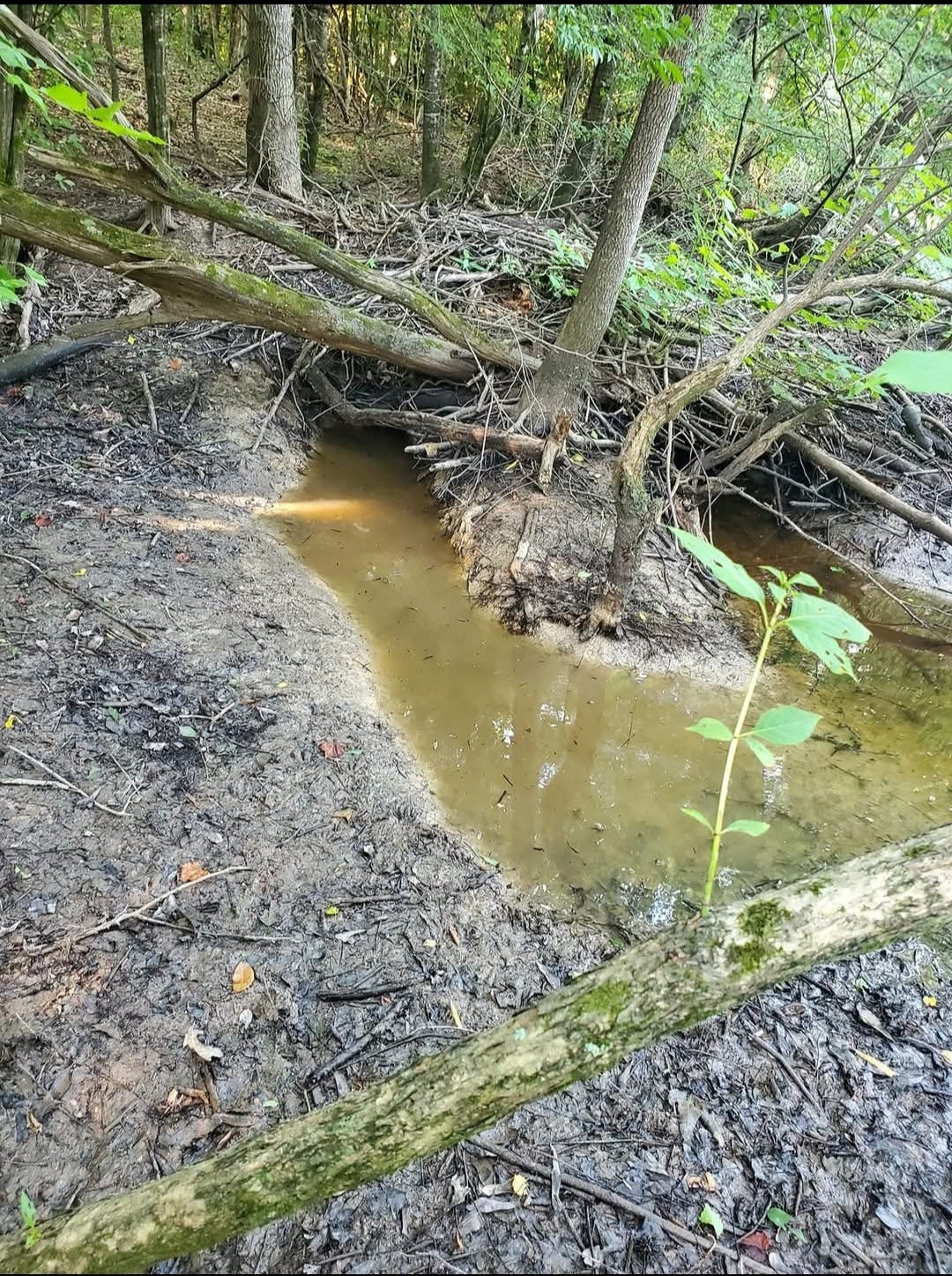
See the ditch above that was once under water? The beaver will travel the same path creating those runs. Often, the water is too deep to utilize the underwater highways the beaver runs. Drain it.
Your best friend to help you catch beaver consistently is making water move. If the water is deep, I immediately start draining it on day one. I need to lower the water level to a safe depth to put a series of traps under water in those runs. Always have a tater rake and sharpshooter shovel on hand. Make sure you took your blood pressure medicine. Working a sharpshooter shovel and tater rake is physically demanding. Simply put, breaking beaver dams is hard work.
Start draining the swamp, folks. Just like 47 knows, I know that draining the swamp is critical to being successful.
I locate key locations in the dams that are easy to access and I break the them. I make a one-foot or so break to get the water moving. Ideally, I'll do it in a few places. At each break I'll set a foothold trap on a drowning rod. More about this later on.
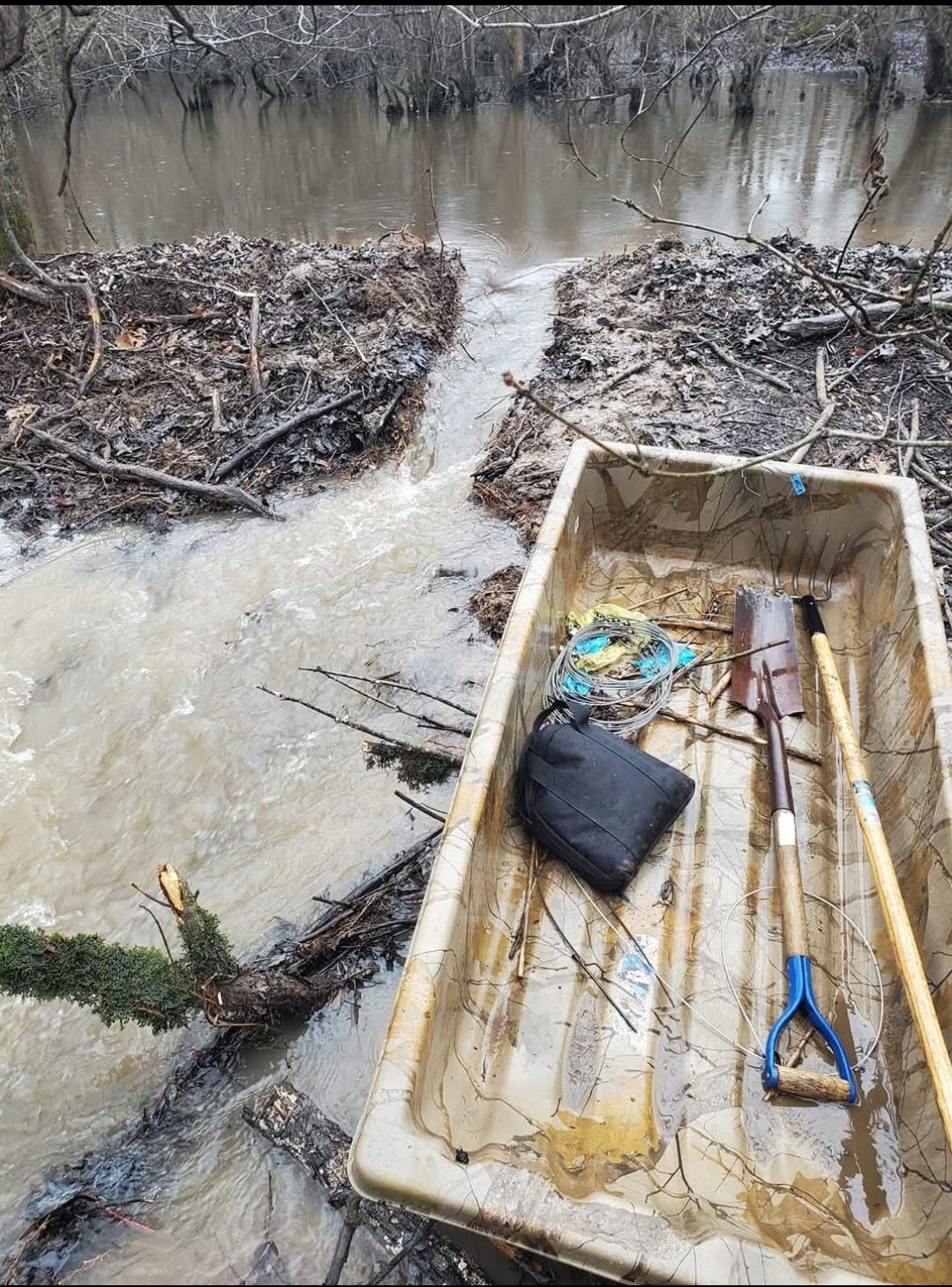
It’s important to remember if you are serious about removing the whole colony, you have to fight them in ways they can't avoid you. Foot traps are likely the most effective tool a beaver trapper can invest in.
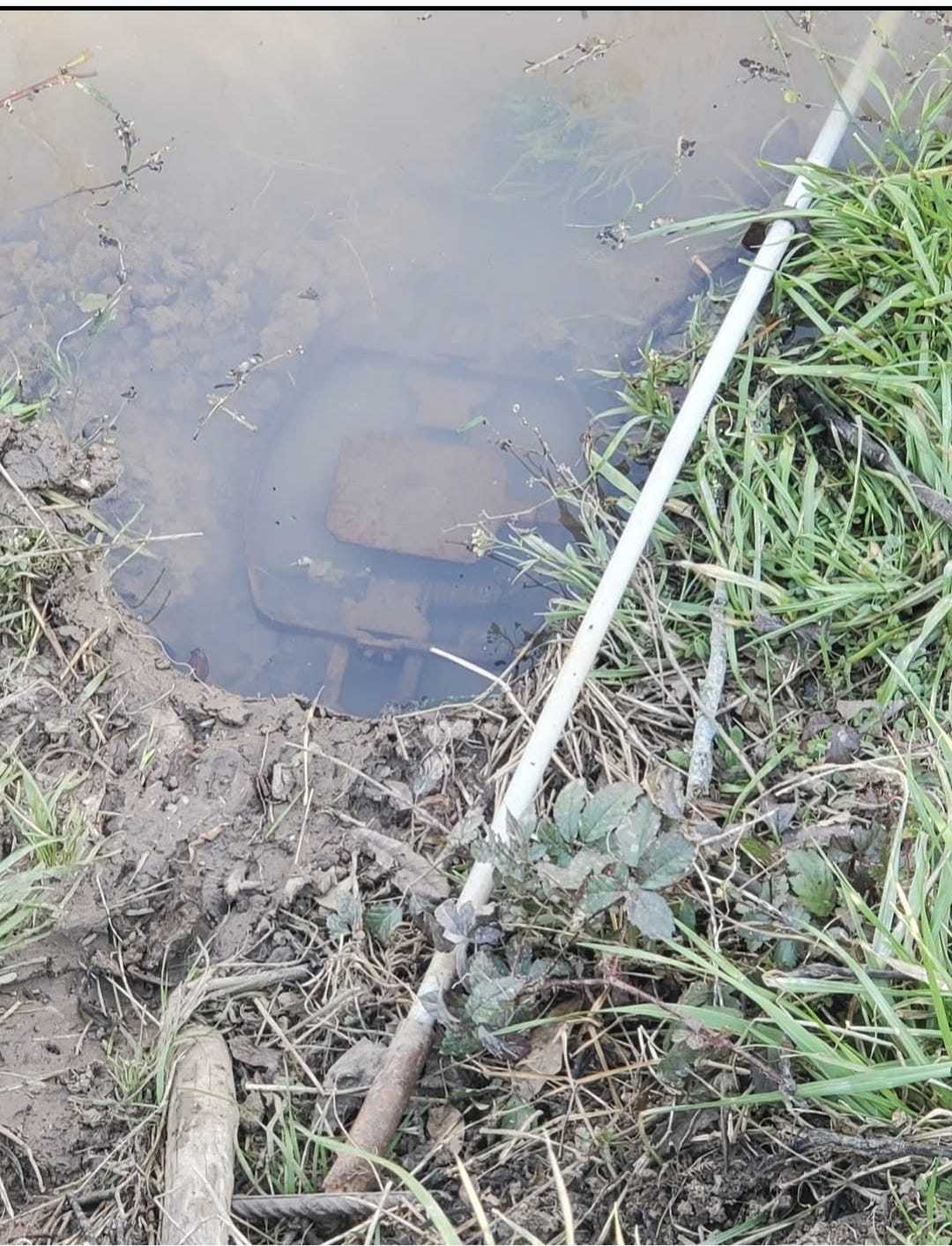
There are many available from any online retailer. I won't list all the brands; I will say that I own and use TS-85-foot traps a lot. I'm not endorsing the brand, and as with any trap, they are dangerous devices. You assume liability for any harm when you take on the task. I don't mind telling you that if you trap long enough, you'll find yourself caught in one at some point. I've had body gripping traps go off on me, and they are no joke. By all means do your homework and look into any and all safety devices available. Use good judgment. Know your limits. If you get in a bind in the middle of the water, that’s a fine time to FA and FO.
For educational purposes only, I decided to make a video to show you what I'm talking about. I realize many of you do not know what a body grip trap is. I also demonstrate the dangers of these traps. Remember: This is serious business. Beaver trapping is dangerous!
If you watched the video, I lay out a couple of scenarios that I have found to be very successful.
It's important to emphasize the dangers involved in beaver trapping.
First off, you can drown. It's always wet, slippery, and the ground is unstable. Learn the risks and plan ahead. I have found myself in many predicaments over the years. Keeping a cool head helps a lot. Beaver dams are unstable, and I promise you that in South Arkansas, every cottonmouth in the water is either on the dam if it's summer time or hibernating in it during the winter. They will bite you. When you make the water move to catch the beaver, the snakes are coming.
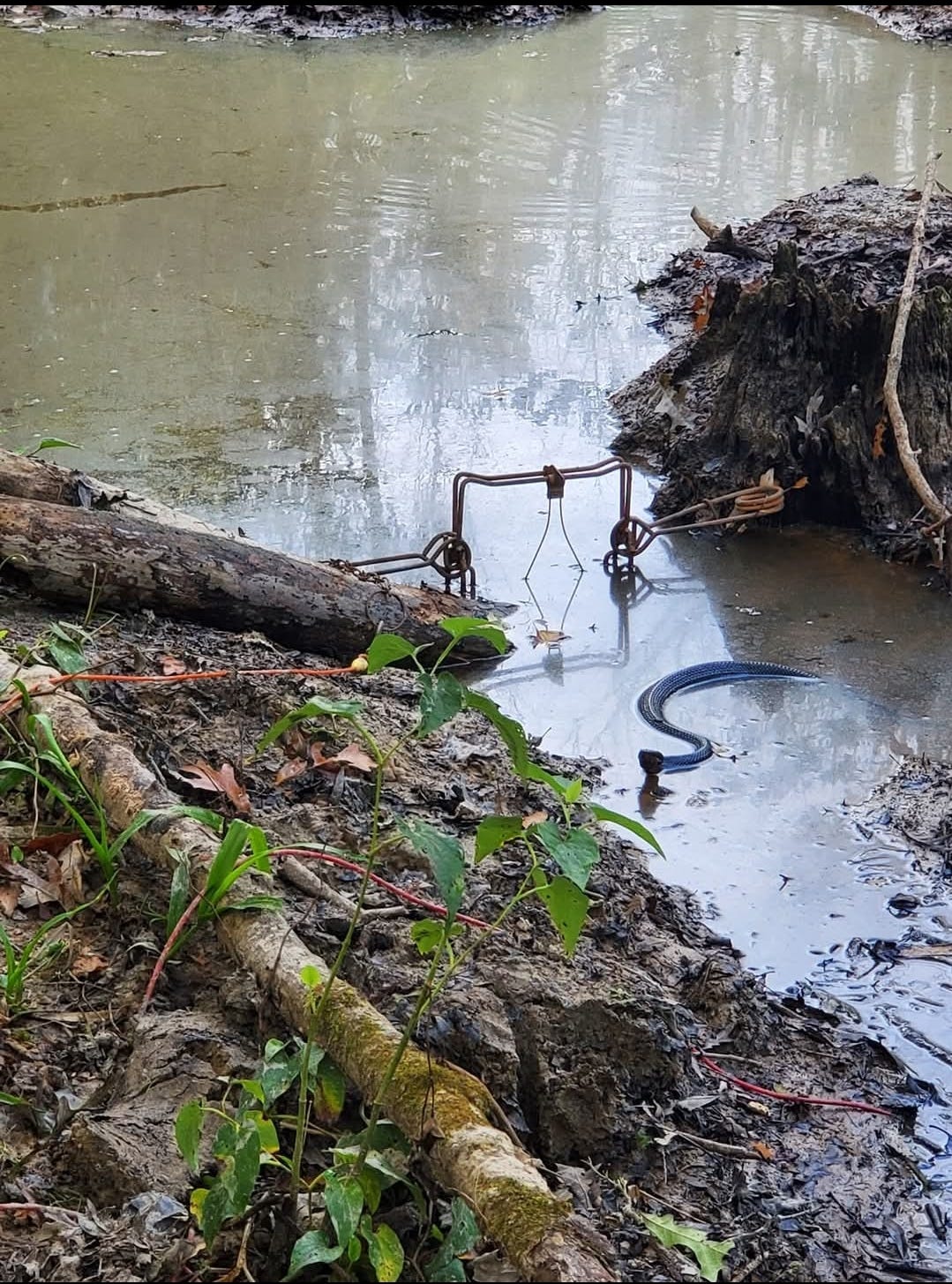
Speaking of getting bit, there's no shortage of alligators in Delta farm country so tie off your traps with more than just a piece of wire. Anchor them with cable or chain. You'll thank me later. A gator will often take your beaver and trap if you haven't planned ahead and made sure it's tied off properly.
Stopping up one culvert can often be enough to flood hundreds of acres of farmland.
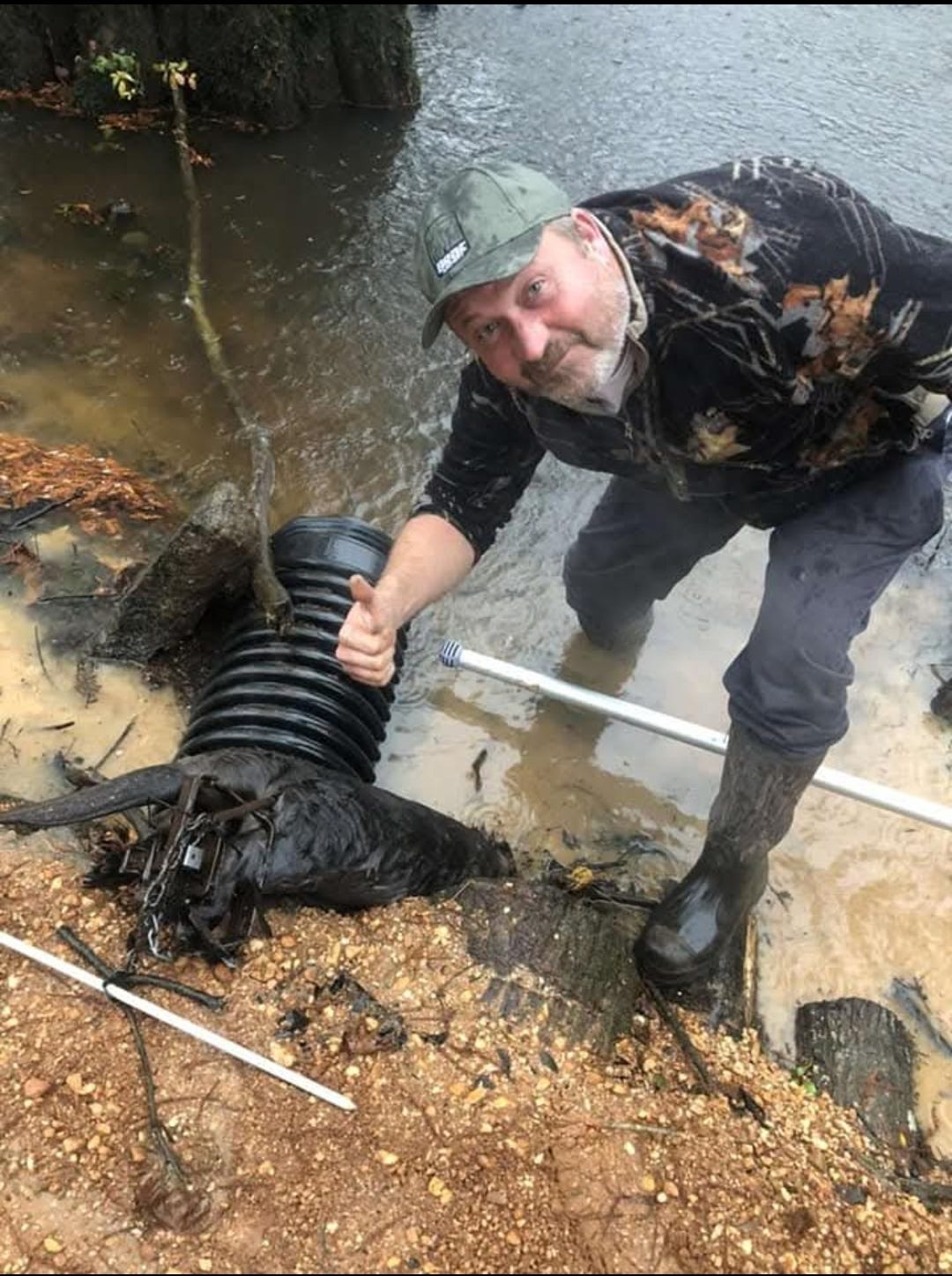
That culvert above was stopped up every night preventing access to timber. That TS-85 on a drowning rod put a stop to that.
Here is another example of a farm culvert, and the farmers battle to keep water moving.

As you can see, the original beaver screen failed to stop them from stopping up the pipe. The farmer attempted to keep the water moving by fencing the beaver further away. The beaver won that battle, folks. I took advantage of the situation. I removed just enough debri to make the water start moving.
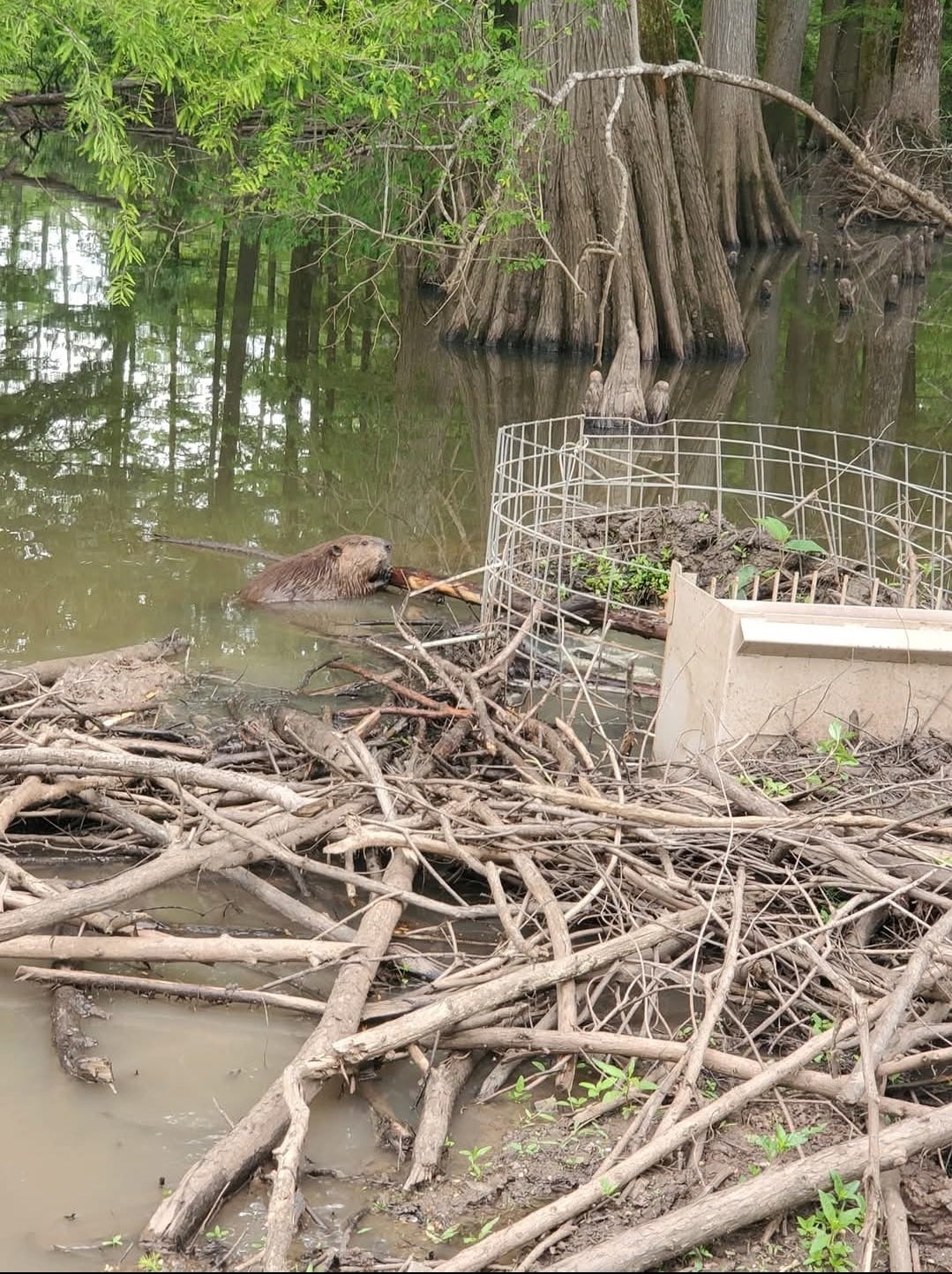
The next day, this beaver was caught in a TS-85 and had not stopped working to stop the water. Again, the sound of moving water is the best lure if you are after beaver.
Arkansas is home to many outdoorsmen and women. If you run into a problem with beaver, chances are there's someone close by with the necessary knowledge and tools to help remove them. Most professional trappers charge a per-animal or per-hour fee. It’s money well spent if you are facing losing a crop. If you're thinking about chasing beaver, remember make that water move and stay after them.
And if you find yourself digging your traps out of the mud, remember what I told you, go under the water. Beavers aren't dummies!

